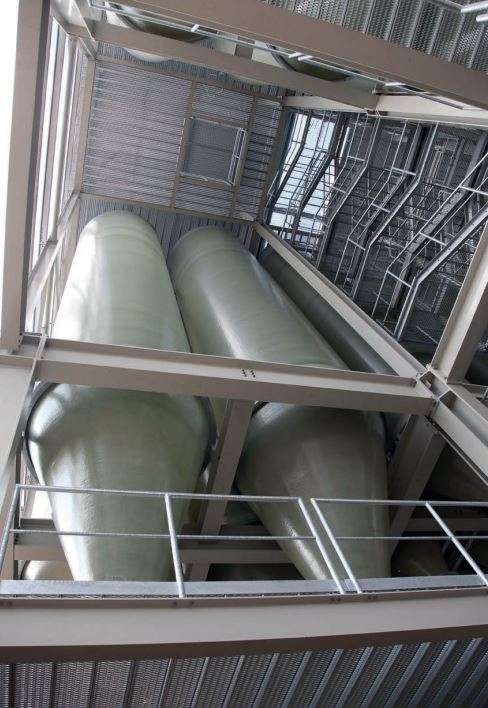At first glance, a silo seems like a simple storage facility. But at Polem, we know that the hopper design forms the heart of an efficient and functional system. With over 50 years of experience, we have learned that the details in this design make the difference between a standard silo and a premium storage solution.
More than just an exit point
The hopper is much more than a simple discharge opening. It is an essential component that directly affects:
- The discharge quality of your product
- The ability to completely empty the silo
- The hygiene inside the silo
- The lifespan of your investment
At Polem, we design hoppers that perfectly match your specific application.
Hopper angles for every application
Each product behaves differently in a silo. That's why Polem offers hopper angles that optimize flow:Each product behaves differently in a silo. That's why Polem offers hopper angles that optimize flow:
- 40° hopper angle: Ideal for food and feed applications such as sugar, salt, or starch. This angle ensures mass flow ('first in, first out'), essential for perishable products.
- 60° hopper angle: Suitable for abrasive bulk goods such as fertilizer, cement, or lime. Core flow reduces friction and wear on the walls.
- Special angles (e.g., 30°): For unique products, we design custom angles tailored to your situation.
The Polem difference: rounded transitions
A distinguishing feature of our silos is the smooth transition from hopper to cylinder. Unlike the sharp angles of metal silos, this offers:
- Better product flow: No build-up in corners, which improves hygiene - crucial for food and animal feed.
- Lower material stress: Less stress on the laminate allows for more efficient, stronger construction.
Mass flow versus core flow
When extracting bulk goods from silos, two main flow patterns emerge:
Mass flow: The product moves as a whole through the silo, with the material that enters the silo first also exiting first (First in, first out). This is ideal for perishable products and prevents material buildup.
Core flow: Here, a funnel-shaped channel forms in the middle while product along the walls remains stationary. This reduces wear but can lead to product aging and clumping in stationary zones.
Solutions for difficult flowing products
For products with poor flow properties, such as rice husk or bran, we combine:
- A hopper with the right angle
- A suitable vibrating bottom
- Possibly a deflector
This integrated approach guarantees efficient flow, even with challenging materials.
Prevention of segregation
With mixed products, such as animal feed, segregation is a risk. A well-designed hopper with mass flow keeps the composition consistent, which ensures product quality.
Centric filling and emptying
For optimal performance and safety, it is crucial that silos are always filled and emptied centrally. Decentralized filling or emptying can lead to slanting of the product, causing large, unevenly distributed forces on the silo and potentially creating dangerous situations.
Customization for your situation
No two applications are the same. Our market specialists are happy to discuss with you to develop the ideal hopper solution, based on your product and processes.
Investing in quality
A good hopper design is more than functionality – it's an investment in:
- Higher product quality through better flow and hygiene
- Lower maintenance costs through reduced wear
- Less downtime due to reliability
- A longer life of your silo
Polem expert check
For existing silos, Polem offers the Expert Check. During this periodic inspection, our expert technicians check, among other things, the condition of the hopper and advise on any adjustments or maintenance. This helps you to ensure the optimal operation of your silo and extend its lifespan.
Optimise your processes
Would you like to know how the right hopper design can improve your production? Contact our market specialists. They will share their expertise and find the best solution for your situation.
Every grain, every drop. Quality in, quality out.
